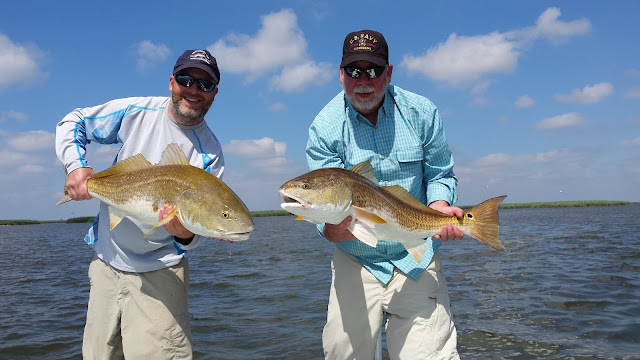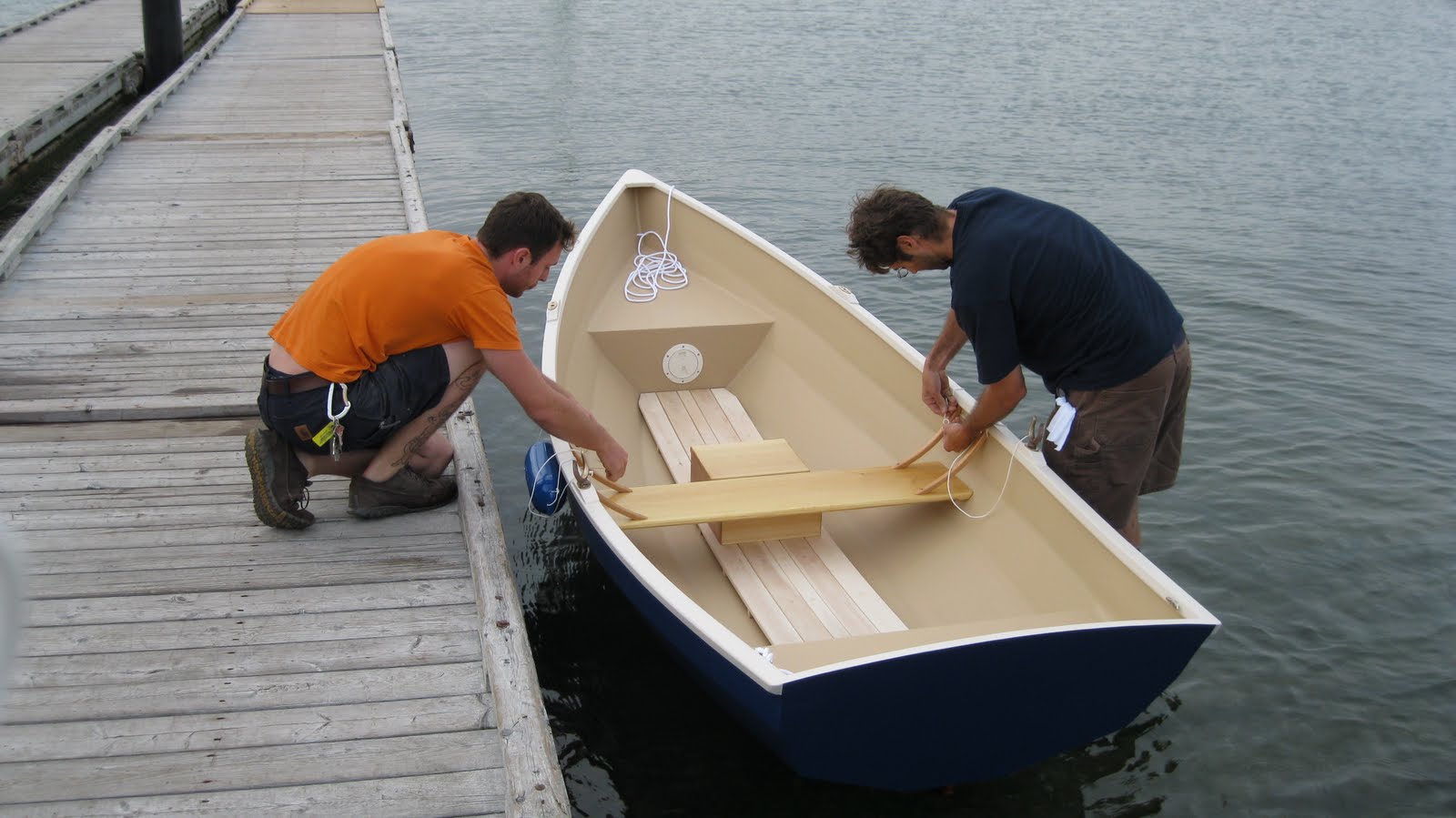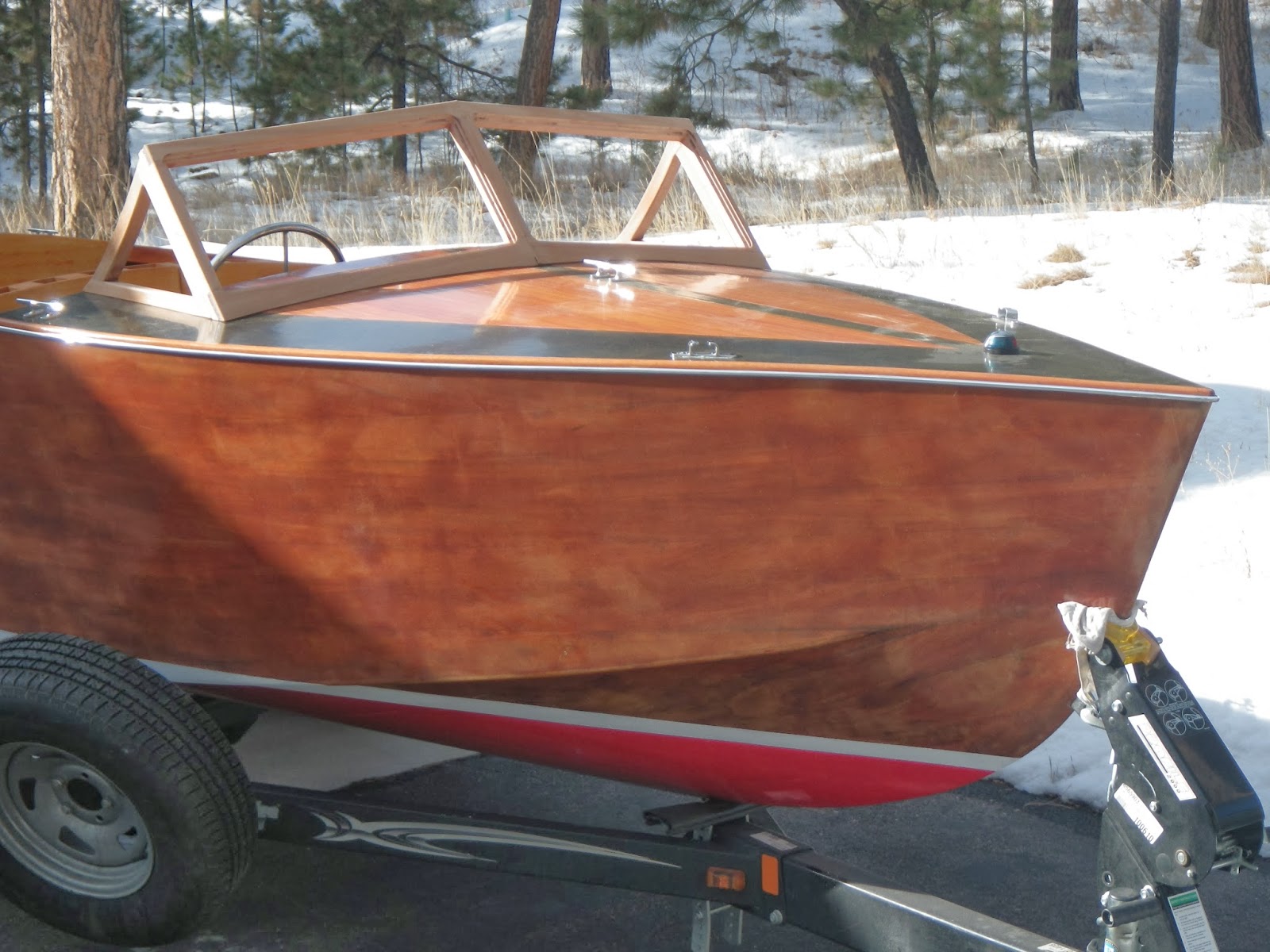Two speeches at this week’s Labour Party conference gave an indication (albeit somewhat vague and lacking in any detail) as to the possible thrust of Labour’s planning policy if they regain power at the 2015 General Election.
Hilary Benn promised that “Labour will get Britain building again.” He frankly acknowledged that we are just not building enough homes, but pointed out that in the last few years, the profits of the big housebuilders have nevertheless soared. Land, he said, is too expensive. Too often developers hang on to it hoping for the price to rise.
Benn rather piously expressed the view that we can’t carry on saying on the one hand “Where are the homes for the next generation?” and on the other “Please don’t build them near me”. But he failed to give any clue as to how NIMBYism might be overcome. In fact he seemed to be going in the opposite direction when he opined that we will not get more homes by top-down targets. Councils and communities, he said, must take that responsibility “but they need more power to be able to do so.” I am bound to say that this does sound to me like typically meaningless political claptrap.
Benn’s approach seems to be based on the assumption that communities actually want house-builders to build homes on the land they own, or over which they hold options. But in all too many places the NIMBYs want no such thing, and they are only too happy that land-banked sites should remain undeveloped. So proposing that developers must register their land banks (including optioned sites) so that “communities should be able to do something about it” is just pie-in-the-sky.
It is difficult to see what would be achieved by requiring developers to implement their existing planning permissions or face (as yet unspecified) financial penalties in respect of unimplemented planning permissions. Benn went on to suggest that if developers, despite being charged some sort of ‘non-development’ tax or penalty, still don’t build on their land, a Labour government “will sell the land on to someone else who will”. Frankly, any politician who thinks that such a mechanism could be made to work or that it would actually have any practical effect in getting homes built is away with the fairies.
Another proposal canvassed by Benn is that where there is insufficient land available for housebuilding within a particular LPA area, that LPA should be given a new ‘Right to Grow’, allowing them, if they wish, to appropriate land for house-building within neighbouring councils’ areas. There would be a requirement for those neighbouring LPAs to work together to achieve this. It sounds like the current ‘duty to co-operate’ but with much sharper teeth. How it would work in practice is anyone’s guess.
Finally, Benn proposed that we should build new communities – new towns and new garden cities. He held up the example of the Attlee Government in this regard, but studiously ignored an abortive initiative by the most recent Labour government to do something similar. A Labour government, he said, will make sure that local authorities get the powers and the incentives they need to acquire land, put in the infrastructure and build new towns. It seems, however, that Benn is expecting the initiative to come from the local authorities, rather than from central government. Funding wasn’t mentioned.
In his leader’s speech, Ed Miliband took up the same themes. In 2010 when the last Labour government left office there was a shortage of one million homes in Britain. If we carry on as we are, by 2020 there will be a shortage throughout the country of two million homes (equivalent in size to two cities the size of Birmingham). So he too said “we’ve got to do something about it”, and repeated what Hilary Benn had said earlier, adding that a Labour government will have a clear aim that by the end of the next parliament (in 2020) Britain will be building 200,000 homes a year, more than at any time in a generation (but still not by any means as many as in the days when Harold Macmillan was the Housing Minister).
The housing crisis to which Mr Millibean referred is of long standing, and was increasingly apparent throughout the 13 years of the last Labour government. This is not intended to be a party political point (and I am certainly no Tory), but the plain fact is that the last Labour government did nothing effective to tackle what was already recognised at the time as a real crisis. This does engender some scepticism as to the ability or willingness of the next Labour government to tackle this issue effectively in view of their failure to address the problem between 1997 and 2010.
What Miliband and Benn were proposing in their party conference is unlikely to make any practical difference to the housing situation in this country. The major problem is a lack of affordable housing, and in particular social housing. 25 years of council house sales have depleted local authority housing stock, and HM Treasury has resolutely resisted the re-investment of the proceeds in new council house building.
The attempt by successive governments, both Tory and Labour, to use or, in reality, to abuse the planning system (entirely without any legislative authority) to produce an element of affordable housing has been an abject failure, and has not produced more than a tiny proportion of the affordable housing that is actually needed. In all too many cases it has simply made proposed housing developments unviable, so that no houses get built at all on some sites unless the affordable housing obligation can be renegotiated. The only reason for this policy being pursued is an almost paranoid fear in government, even within the last Labour government, of funding social housing from general taxation, involving extra government borrowing and an increase in the PSBR. But if we are not prepared to do this, then no other mechanism is going to produce the social housing that is so badly needed.
Tinkering with the private housing market (which is all that was being proposed at the Labour Party conference) will do nothing to resolve the crisis. At worst, the present government’s ‘help-to-buy’ scheme will simply produce another house price bubble in the private sector without in any way tackling the underlying problem. Labour will clearly eschew that approach, but their suggested nostrums are unlikely to be any more effective in solving the housing crisis.
In the post-war period, continuing into the 1950s and 1960s, governments of both political colours recognised the need for substantial public house-building programmes, and funded them from general taxation. Until a future government is prepared to do likewise, the housing crisis will only get worse.
© MARTIN H GOODALL





 Greg got a call from a fellow guide friend, he reported that he was in one of the big flats covered with big reds crushing pogies (a favorite bait fish of reds). Greg said “ we have to get over there, the surface fishing should be excellent!” He fired up the 115 horse motor and off we went. After about five minutes we came to the flat. As far as you could see there were pogies jumping on the surface. Every once in awhile the surface would explode as a red would crush the pogies on the surface.
Greg got a call from a fellow guide friend, he reported that he was in one of the big flats covered with big reds crushing pogies (a favorite bait fish of reds). Greg said “ we have to get over there, the surface fishing should be excellent!” He fired up the 115 horse motor and off we went. After about five minutes we came to the flat. As far as you could see there were pogies jumping on the surface. Every once in awhile the surface would explode as a red would crush the pogies on the surface.
 Greg pulled out a spin rod with a giant surface plug about 8 inches long. The plug did not have a hook on it. Greg explained he would use the plug to locate a redfish since the water was much murkier on this flat. It was now dad’s turn at the bowe. Greg had him grab the 9’ 10 weight G. Loomis GLX Crosscurrent that we had brought. He had previously rigged it with a huge popper, about 6 inches total length. Greg started casting the huge plug, jerking it violently across the surface. A big redfish exploded on the surface inhaling the plug. Greg jerked the plug away from the red, then told dad “cast to the red, right in the boil it left”
Greg pulled out a spin rod with a giant surface plug about 8 inches long. The plug did not have a hook on it. Greg explained he would use the plug to locate a redfish since the water was much murkier on this flat. It was now dad’s turn at the bowe. Greg had him grab the 9’ 10 weight G. Loomis GLX Crosscurrent that we had brought. He had previously rigged it with a huge popper, about 6 inches total length. Greg started casting the huge plug, jerking it violently across the surface. A big redfish exploded on the surface inhaling the plug. Greg jerked the plug away from the red, then told dad “cast to the red, right in the boil it left” Dad made a cast, started popping the the popper across the surface. A massive wake appeared behind the popper as a redfish speed up behind the popper, then springing forward eating the popper. Dad jerked, the fly pulled right out of the reds mouth. Greg said “don’t trout set, you want to keep the rod tip in the water and strip to set the hook.” This is something every trout angler will struggle with. Nothing a trout angler does set the hook on trout, steelhead or salmon is right for setting the hooking in saltwater on a flats fish. It is easier to say than do, but you want to keep the tip in the water and just make a long hard strip with a fish eats a fly in salt. I can explain all the reasons why it works better, but it does.
Dad made a cast, started popping the the popper across the surface. A massive wake appeared behind the popper as a redfish speed up behind the popper, then springing forward eating the popper. Dad jerked, the fly pulled right out of the reds mouth. Greg said “don’t trout set, you want to keep the rod tip in the water and strip to set the hook.” This is something every trout angler will struggle with. Nothing a trout angler does set the hook on trout, steelhead or salmon is right for setting the hooking in saltwater on a flats fish. It is easier to say than do, but you want to keep the tip in the water and just make a long hard strip with a fish eats a fly in salt. I can explain all the reasons why it works better, but it does.






























 every tool had its own place. This also had the benefit of making daily clean up more fun. It felt good to do a lot of hard work and then have everything all neat and tidy at the end of the day.
every tool had its own place. This also had the benefit of making daily clean up more fun. It felt good to do a lot of hard work and then have everything all neat and tidy at the end of the day.











